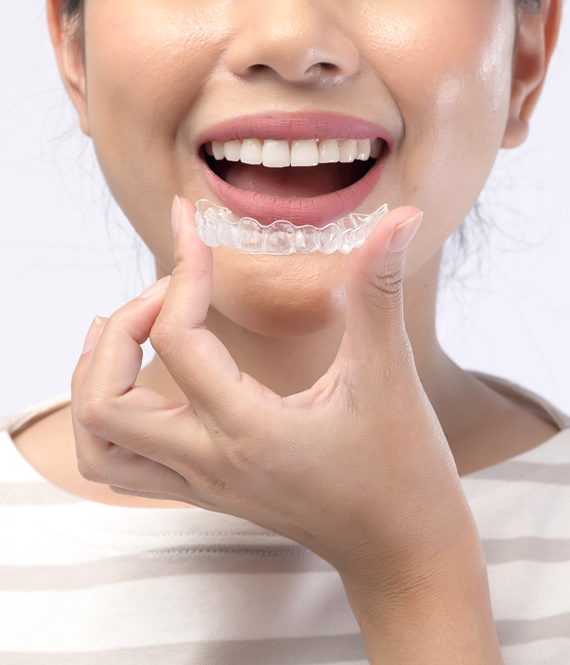
5 Reasons Why Invisalign Is Now More Popular Than Braces
We recommend helpful products in our articles. Read our full disclosure here. The content on this website is not intended to be a substitute for professional advice, diagnosis, or treatment.
Orthodontic care has undoubtedly evolved, leading to an influx of modern techniques and technologies that have significantly improved patient experiences.
Traditional braces were once the main treatment, but the introduction of Invisalign has revolutionized the process significantly.
This system uses a series of clear, customized aligners to gradually adjust teeth into the desired position.
In this article, we’ll expand on what exactly Invisalign is, why Invisalign is gradually surpassing traditional braces in popularity, and take a look at its many benefits and applications.
Invisalign: A Revolutionary Approach to Orthodontics
Before diving into the advantages of Invisalign, it’s crucial to understand what it is and how it works.
Invisalign, introduced in 1999 by Align Technology Inc., is an orthodontic treatment method designed to straighten teeth without the use of traditional metal braces.
The core innovation of Invisalign lies in its clear, plastic aligners, which are custom-made for each patient using advanced 3D computer imaging technology.
Each aligner is designed to make slight adjustments to the position of your teeth.
This process is based on a detailed plan that your orthodontist or dentist generates at the outset of the treatment.
A patient will typically wear an aligner for about two weeks before moving on to the next one in the series.
Each new aligner brings the teeth gradually closer to the final, desired position.
This progression continues until the teeth are perfectly aligned, as determined by your orthodontist’s treatment plan.
These aligners are designed to be removed for eating, drinking anything other than water, brushing, and flossing, providing an increased level of convenience over traditional braces.
Another distinguishing feature of Invisalign is its use of SmartTrack material, which provides a comfortable fit and ease of putting on and removing the aligners.
Now that we have a grasp of what Invisalign is, let’s explore the specific reasons behind its increasing adoption and how it is shaping the future of orthodontic care.
Why Invisalign Is More Popular Than Braces
1. Aesthetics
One of the main reasons patients choose Invisalign over traditional braces is their near-invisibility.
The aligners are made of a strong, clear, BPA-free plastic material that closely matches the color of teeth.
This characteristic makes them virtually undetectable, unlike traditional braces composed of conspicuous metal brackets and wires.
Additionally, Invisalign offers a more mature and professional appearance, making it especially appealing to adults and young professionals who wish to enhance their smiles without impacting their daily appearance.
2. Comfort
Invisalign aligners are designed with patient comfort in mind.
They are fabricated using a soft, smooth plastic, decreasing the likelihood of irritation or discomfort in the mouth.
Traditional braces, however, utilize metal components that can potentially cause abrasions to the inner lips, cheeks, and gums.
Moreover, the absence of tightening procedures with Invisalign further reduces discomfort, as the aligners apply gentle, consistent pressure to shift teeth.
3. Convenience
Compared to braces, Invisalign makes it easier to care for dental health while you are on your treatment.
Invisalign aligners are fully removable, which makes eating, brushing, and flossing much easier compared to traditional braces.
This feature also reduces the risk of developing cavities or gum disease due to the accumulation of food particles and plaque around the brackets and wires of traditional braces.
It also allows for unrestricted dietary choices, unlike traditional braces, which require avoiding certain hard or sticky foods that can damage the appliances.
4. Treatment Time
On average, Invisalign treatments often take less time to complete compared to traditional braces.
Typical Invisalign treatments last between 9 and 18 months, depending on the complexity of the case.
Traditional braces, however, typically require between 22 to 24 months for treatment, making Invisalign a more time-efficient option for patients seeking quicker results.
5. Fewer Orthodontist and Dentist Visits
Invisalign treatments usually require fewer orthodontic visits compared to traditional braces.
Patients typically receive several sets of aligners at once, which they switch out every week or two at home, whereas traditional braces require monthly adjustments at the orthodontist’s office.
This flexibility makes Invisalign a more convenient choice for those with busy schedules.
Conclusion
The increasing popularity of Invisalign over traditional braces can be attributed to its discreet appearance, superior comfort, improved convenience, shorter treatment times, and reduced need for frequent orthodontist visits.
With so many options available, Invisalign provides a practical, aesthetically pleasing, and flexible alternative, proving that advances in orthodontic care continue to redefine and improve treatment experiences.
"We love to research problems, examine studies, analyze solutions, and share with you ideas that make life healthier. You can learn about us and our editorial standards here. Have suggestions or feedback to share? Send us a message!."


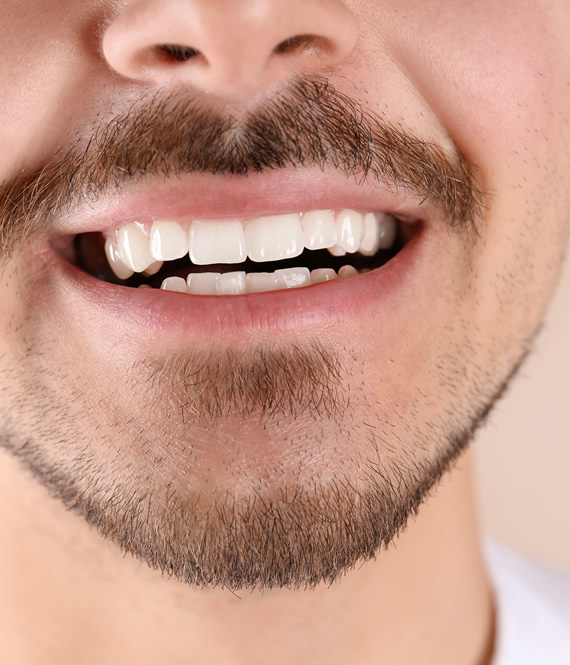





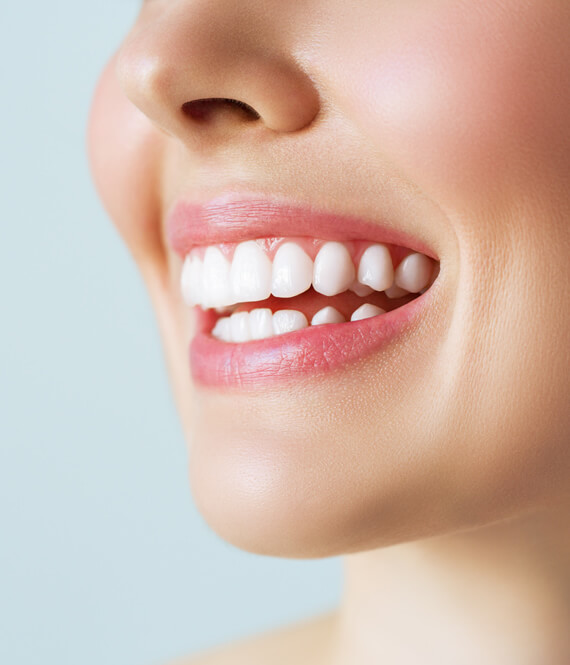
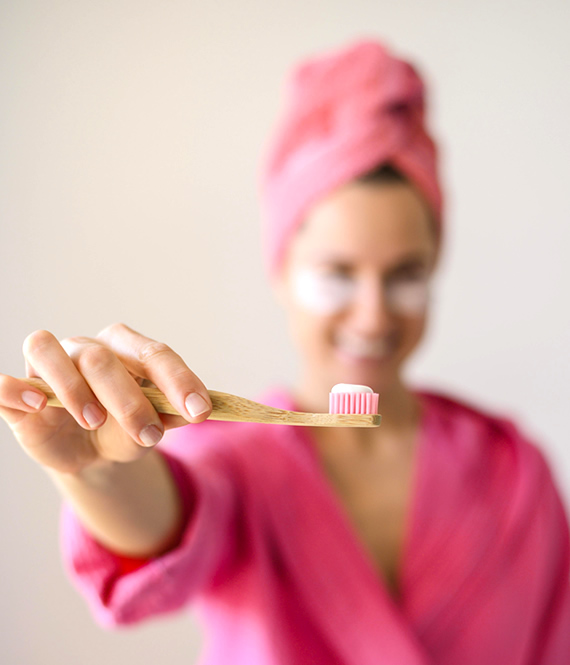
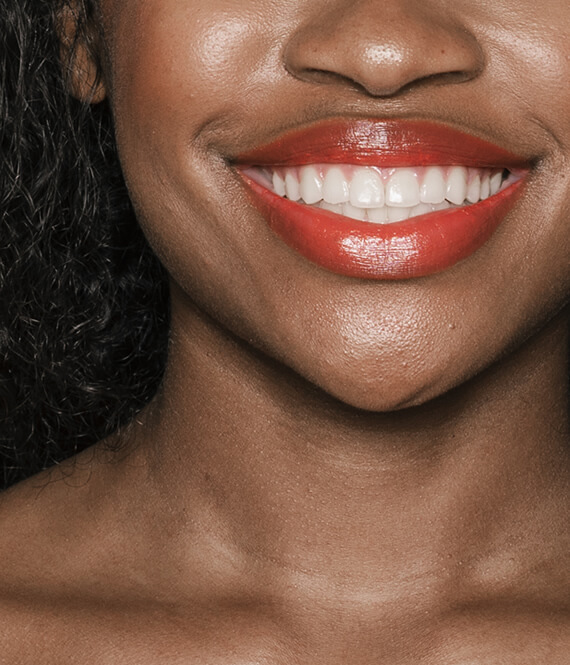

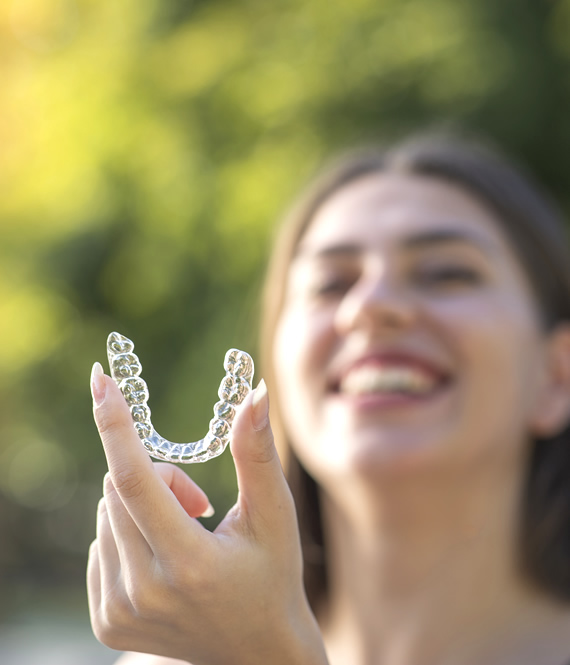
Leave a Comment